Ask anyone when which item in the wardrobe is the least noticeable?
Most people will probably not remember the shoelaces. But provided that they are properly laced and match the type of footwear.
How many times have you seen that wrong lacing can ruin the look of shoes and become the first thing you notice on them?
Or how bad shoelaces or paint can ruin shoes?
What does all this say?
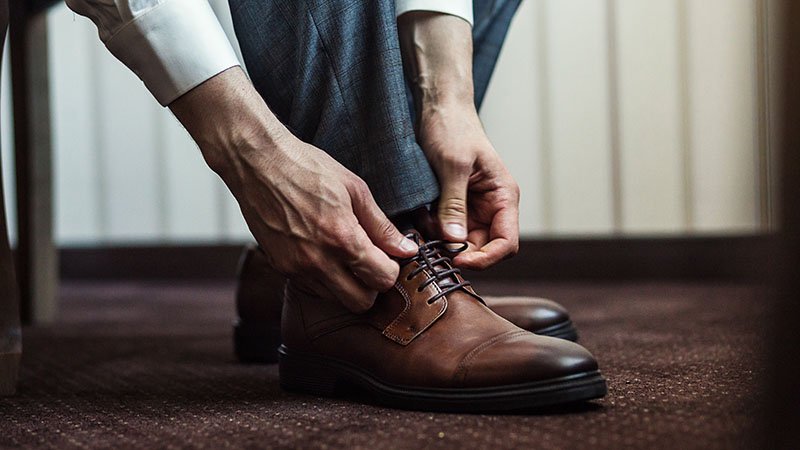
That laces are very important for the visual effect of shoes. And let’s not forget, without them, our foot would fall out of our shoes. They may not be the most important for the quality of shoes, but they are necessary.
Most of us have a laid back attitude when it comes to shoes. But what to do if we have to take them off and put them back for cleaning? Or are they worn out so it would be desirable to replace them?
Then we struggle and can’t remember how they were sewn.
That is why we decided to dedicate this text to shoelaces. Learn how to tie shoelaces properly and how to pull shoelaces.
Which lacing methods suit your shoes.
You may know that there are many different combinations, but we will mention only some of the most basic shoe lacing techniques.
Learn some new tricks and ways you can easily make some changes in your styling with the help of laces.
And learn which laces and how to lace suit which type of footwear.
If you can’t try anything else, at least you’ll have fun.
5 ways to tie shoelaces
One calculation from the journal New Science says that there are an incredible 400 million possible ways to tie shoelaces with 7 holes .
Fortunately for you and us, we will mention only 5 ways.
We will mention only the key and most important ones.
1. Cross shoelace
Take a look at these shoes and the way the laces are pulled on them.
This is one of the most common and safest ways to tie shoelaces .
Most shoes have this kind of lacing and most people pull their shoelaces in this way.
Good technique for casual shoes. It starts and ends crosswise until the last hole.
Step by step:
- Thread the shoelace through the first two bottom holes, but from the bottom. Let the length of the laces be the same on both sides.
- Start from the left side and diagonally across the tongue go to the right side and thread the shoelace through the underside of the hole.
- Move the right part of the shoe diagonally to the left over the tongue and pass the shoe through the underside of the hole.
- Continue in the same way from left to right diagonally and always pull the shoelace from the bottom of the hole.
- Repeat the same with the right side of the shoelace and so on until you reach the last hole.
2. European flat shoe laces
If you have ever worn some shoes with a closed lace shoes, then you will probably recognize it.
It is mandatory at Oxfords and it is the only method of tying shoelaces that is recommended. Seen from above, it looks clean and simple. The shoelaces pass through the holes horizontally and alternately, and this method enables easy tightening of the shoes.
In addition to men’s Oxford shoes , they can be used on almost all types of shoes with laces.
This is our favorite method, because unlike the previous one, it provides footwear to change from a casual to a more elegant look.
Step by step:
- Thread the shoelace through the first two holes in 1 row, but from the top. Let the length of the laces be the same on both sides.
- Start on the left side and cross diagonally across the tongue to the right side and thread the shoelace through the underside of the hole on the right side.
- Cross the same side of the shoelace horizontally and return to the left side. Stop there. You took the first 2 rows.
- Start on the right side and diagonally across the tongue go to the left side and thread the shoelace through the underside of the hole in the 3rd row. Then go horizontally to the right. Pull the shoelace from the top of the hole and you have taken 3 rows.
- Continue by moving the shoelace from the second row on the left side diagonally to the 4th row on the right side. Go through the bottom of the hole again.
- Cross the same side of the shoelace horizontally and return to the left side through the hole at the top. Stop there. You took 4th row.
- Repeat by now moving part of the shoelace on the right side in the 3rd row diagonally into the hole in the 5th row on the bottom side.
- Cross the same side of the shoelace horizontally and return to the right side and thread the shoelace from the top of the hole. Stop there. You took 5th row.
- Complete the process in the same way
3. Cross-up / down shoelaces
A great method of tying shoelaces for sneakers or classic shoes if you want to add something silly and unusual.
The process starts as with the previous method, but the difference is that the shoelaces go to the letter X first from above, and then again to the letter X but from below. And so on until the end…
It may seem complicated, but it’s not.
It is recommended to try this method on old women. Seen from above, you will alternately get one small X and then one big X. A good method for deep shoes and boots that have at least 7 pairs of holes.
Step by step:
- Pass the shoelace through the first two lower holes, but from the upper side. Let the length of the laces be the same on both sides.
- Start on the left side and cross diagonally across the tongue to the right side and thread the shoelace through the underside of the hole on the right side.
- Start on the right side and go diagonally across the tongue to the left side and thread the shoelace through the underside of the hole on the right side. You have occupied the first two rows and we are moving to the 3rd row.
- Instead of going to the other side of the shoelace, continue with the part of the shoelace that you started on the right side and return it to the right side diagonally through the upper part of the hole. Not to confuse you, the left and right sides of the shoelace do not go alternately here, and in that way we get a small or big X.
- Repeat the same with the part of the shoelace that starts on the left side and go diagonally to the left side and thread the shoelace through the top of the hole.
- Repeat the same procedure in the same order, but now pass the shoelace through the underside of the hole and continue in order. The point is to alternately go through the diagonal holes, first from the bottom and then from the top.
- Keep going until the end.
In the end you should get a capital X if you have an odd number of holes, and in any case there will be 3 lowercase and 3 uppercase X letters.
Here we have taken into account that sneakers have 7 pairs of holes.
If you want to have a small letter X at the end, and a capital X at the beginning, then start by running a shoelace from the bottom through both holes in the first one.
Then continue as we previously explained.
4. Flat shoelaces
If you like your shoelaces to be neat and simple, try this way of lacing. Maybe that’s exactly what you wanted, but didn’t know how to do it.
The shoelaces move horizontally from hole to hole to the very top. This is a great technique if you want the shoelace not to cross your tongue.
You will be able to tighten them without any problems, although it does not look like that.
Step by step:
- Thread the shoelace through the first two holes in 1 row, but from the top. Let the length of the laces be the same on both sides.
- Start from the left side and pull the shoelace horizontally to 2 rows on the left side, so that the shoelace comes out from the underside of the hole.
- Then pass the same part of the shoelace horizontally to the right side and pass the shoelace through the hole in the 2nd row from the top. And stop there.
- Since the first two rows are occupied, start with the part of the shoelace that is on the right side. Pull the shoe horizontally to the third hole on the right side. Thread the shoelace from the bottom of the hole.
- Then, with the same part of the shoelace, take the third row horizontally and thread the shoelace from the top of the hole in the 3rd row.
- Cross the part of the shoelace on the right side in the 2nd row vertically in the 4th row. Let it be on the underside of the hole. Then go horizontally through the hole in the 4th row on the left side, of course on the top side of the hole.
- Repeat the same part of the shoelace on the left side and go vertically from the 3rd to the 5th row. Pass the shoelace from the bottom of the hole to the left in the 5th row. And again horizontally take the 5th row from the top of the hole.
- For the last pair of holes, thread both parts of the shoelace horizontally through the underside of the hole.
5. Shoe lacing command
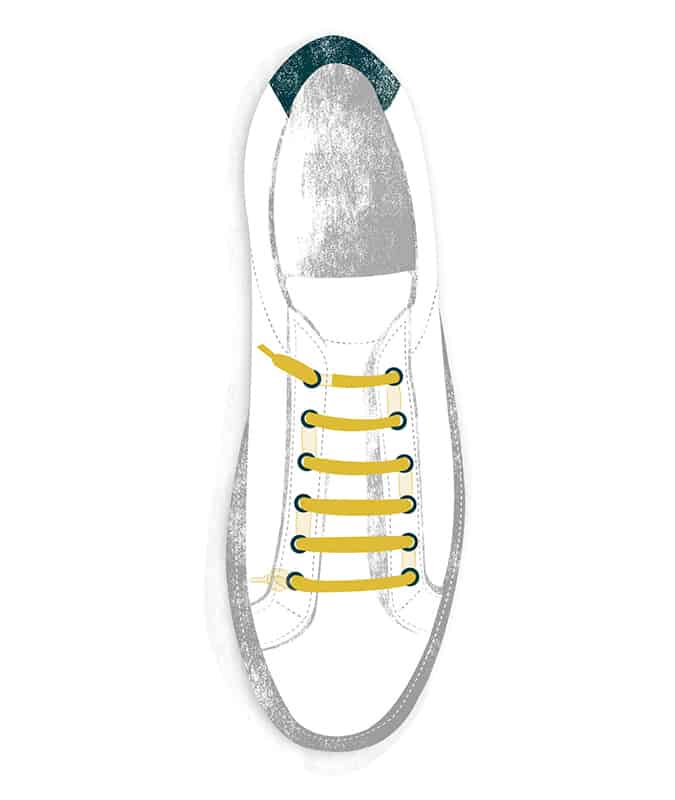
If you love thrills and a military lifestyle, why not try this lace-up technique?
Great way if you need to put on your shoes quickly. And all this thanks to the fact that one part is permanently anchored in the 1st row, and the other end hangs free in the last row on the shoes.
Step by step:
- Start on the left. Pass the shoelace through the hole in 1 row from the top. Make a knot at the bottom. Try to pull the shoelace, and it is important that it cannot be pulled out through the hole.
- From the left side, pass horizontally with a shoelace on the right side and pass the shoelace through the hole on the right side in 1 row from the top.
- Then pass the same part of the shoelace from the bottom vertically to the hole from the right side in the 2nd row.
- Return to the left side horizontally and take the left hole in the 2nd row. Pass the shoelace through the hole at the top.
- Then continue horizontally to the hole on the left in the 3rd row. Go through that hole at the bottom.
- Then go horizontally to the right and take 3 rows. Pass the shoelace through the hole at the top.
- Repeat the same method until the end in the same way. Finally, thread the shoelace through the last hole.
When you’re done, tighten your shoes as much as you need. The end of the shoelace is not tied and remains free. If the shoelace is too long, just insert the excess over the tongue.
Make sure that the end of the shoelace is not on the socks because there is a possibility that it will sting you.
When should shoelaces be changed?
After these tips, we hope that this will not be a problem for you. So the next time you go shopping, you will be able to put new shoelaces on the list. Now that the time is right, decide for yourself.
Or follow our tips.
During 1 pair of quality shoes , at least 2 changes of laces will be needed .
They are made of a material that is not as durable as leather and the only maintenance you can apply for them is washing in a solution of warm water and detergent. They often fail and get so dirty that we have the impression that it is time to change our shoes.
But don’t fall into that trap.
It will be enough that when you generally clean your shoes, you take off and wash your shoelaces. They easily absorb dust and dirt, which makes the shoes look older than they are. But after a while, washing is no longer enough.
Then comes the time to buy new shoelaces.
You will see how much these two procedures can change your shoes.
Make sure that when you buy new shoelaces, you spend some time on shoes, clean them thoroughly and protect and polish them well.
This way you avoid the big difference between new laces and old shoes.
You will see for yourself how much better your shoes look and that it is not yet time for them to retire.
Length and width of laces
The chain is as strong as its weakest link.
That is why shoelaces, if they are not of good quality, can leave you in the lurch when you least expect it.
The shoelace must be strong and withstand a lot of friction as we walk. That is one of the most common reasons why they shoot.
To avoid buying shoelaces that are too short or too long, take the shoelaces off your shoes and take them with you when you buy new ones.
It is important to bring them not only because of their length, but also because of their color and style.
Otherwise, you run the risk that the laces will not fit the old shoes at all due to some trifle.
Always follow the rules that thin waxed laces always go on elegant shoes .
For casual footwear such as sneakers, only wide and flat laces are considered. Here you can experiment with different models and colors of laces.
We will tell you an anecdote that we heard from a customer in our store.
He looked at the shoes he liked in the shop window and entered our shop. He took a few pairs of shoes at random and looked at the shoelaces. Then he told us that the first thing he looked at was the shoelaces.
According to them, immediately assess whether they are good, because those manufacturers who save on quality raw materials and shoe parts always put bad shoelaces.
It seemed strange to him that he said, but later we paid a little more attention and applied his trick in a lot of actions.
And he was really right.
Try it and find out if he was right.
Just to add that the gentleman in question came back the next day and bought new shoes in our shop.
Lace color and material
We don’t have to emphasize that buying fluorescent green laces is a bad choice, regardless of gender and age and type of shoe.
As a rule, laces should be the color of the skin of your shoes.
Brown shoes = Brown shoes
White sneakers with blue details = White or blue laces .
And so on for all other combinations.
There is another trick that has been used in recent years, and that is to intentionally change the color of the shoelaces or soles compared to what is expected. However, one should be careful in the color combination.
In that case, if thin shoelaces are provided for some shoes, then replace them with the same thin ones, but in a different color.
Let’s take brown shoes as an example.
Depending on the shade of brown and your desire to highlight the laces or shoes, try dark red , navy blue , azure blue or mustard yellow .
The stronger the color of the laces, the more they catch the eye, and the smaller the shoes.
It is very likely that you have never thought of what materials laces are made of. Synthetic fibers such as nylon are mostly used, because such laces are always the cheapest.
But they are also the worst.
They glide, are often untied and, depending on the quality of the synthetic thread, last in any case much shorter than those made of natural materials. You will easily recognize them by the fact that they shine in the light and are unpleasant to the touch.
The best laces are made of cotton, jute or leather.
If we had to decide on the best, it would definitely be cotton laces.
It is recommended that they be waxed, especially in winter. Wax can be glossy or matte, depending only on the model and how the designers predicted it.
How to slip shoelaces? A few examples
Not all shoes can have the same lacing principle.
We will show you in the pictures what kind of shoe model should have laces and which ones suit him best.
It is difficult to explain in words these different ways of lacing, so take a look at the pictures and a short explanation for them.
Canvas men’s sneakers
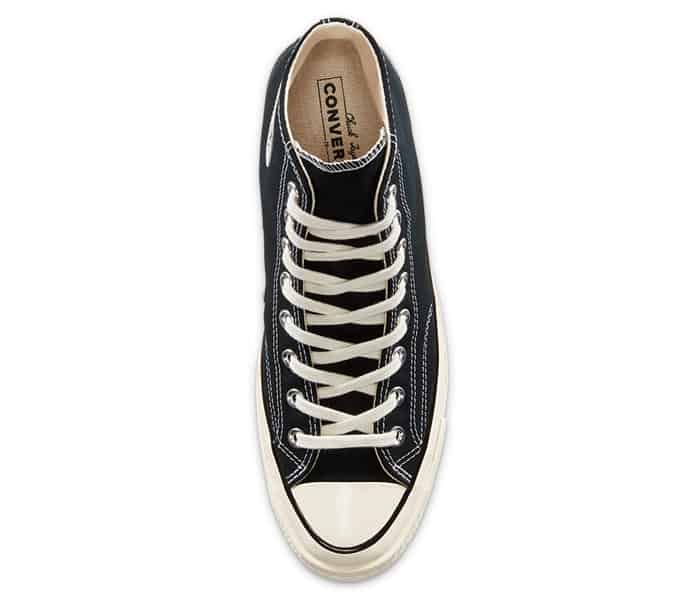
The classic models are sneakers that have not changed since they were created until today, and are still equally sought after.
We can rightly say that they have the status of an icon in street fashion.
Which lace you choose depends on whether they are shallow or deep.
And it depends on their color.
We prefer shallow ones, especially those in white. White laces are the easiest to fit with all colors. The shoelace is best to be flat and a little wider.
Cross and horizontal lacing will look equally good on them.
Men’s Oxford shoes
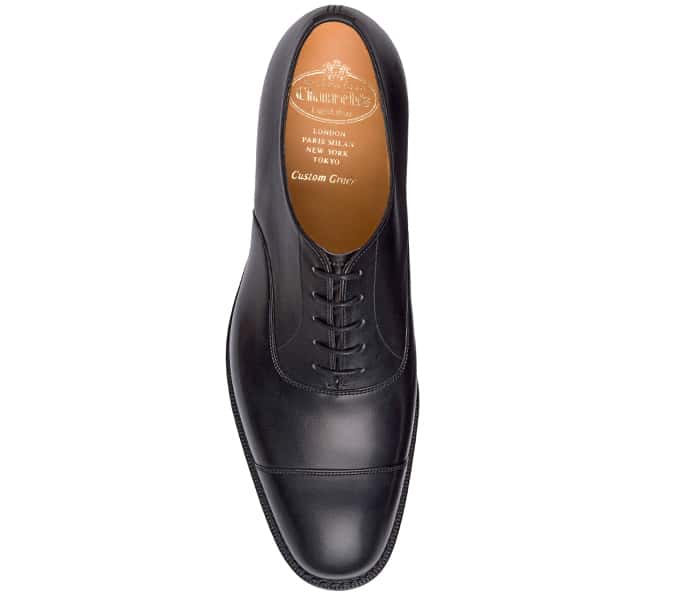
Oxford shoes differ from most shoes in that they have a “closed lacing system”.
This means that when you close the laces, they are barely noticeable, and the tongue is hidden under the upper part of the skin on the lynx.
That is why it is less flexible, but it has the most formal look of all shoes.
When we talk about shoelaces, they should be thin and in the same color as the leather. If you wear them on a suit, this is not the time to experiment. Use European flat shoe polish for them, if you want a classic look.
If you want to change something, try flat lacing.
Both styles will be great.
Men’s elegant sneakers
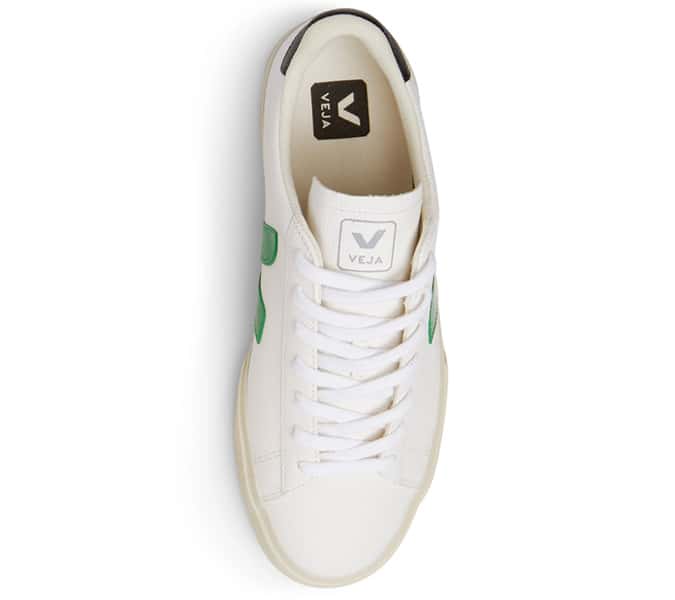
Whether you opt for straight or round laces, the choice is yours.
If you ask us, for this model of sneakers we would always choose flat wide shoelaces.
They are always the best in skin color, but if you can’t find the shade that suits you, then white laces will do the job for most models.
When it comes to lacing, almost anything comes into play.
Here your personality can come to full expression. If you want something more relaxed, then choose cross-lacing. If you want a slightly calmer style, flat or European lace is for you.
These are currently the most popular options, because they give a clean and simple look.
Men’s Derby Shoes
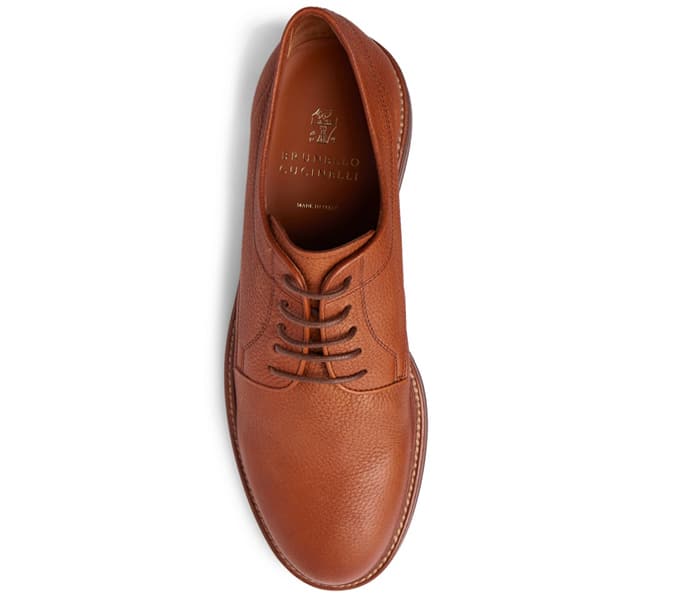
Derby shoes are the most common choice for men who work in the office and want comfortable shoes that they can wear all day without any problems.
They are less formal and more comfortable than their cousin Oxford shoes .
Comfort can be attributed to the “open lacing system” and high lacing with fewer lace holes. Great choice for men with a high lynx or wide foot. They have a perfect mix of comfort and elegance.
If we need to decide on shoelaces, then let them be thin and in the same color as the leather.
They are not exactly intended for formal suits, but they will be perfect for a jacket or a casual men’s suit .
As for Oxfords, the recommendation is European flat shoelaces for an elegant look.
Flat lacing will be just as good. Whichever method you choose, you won’t go wrong.
Men’s deep shoes for winter
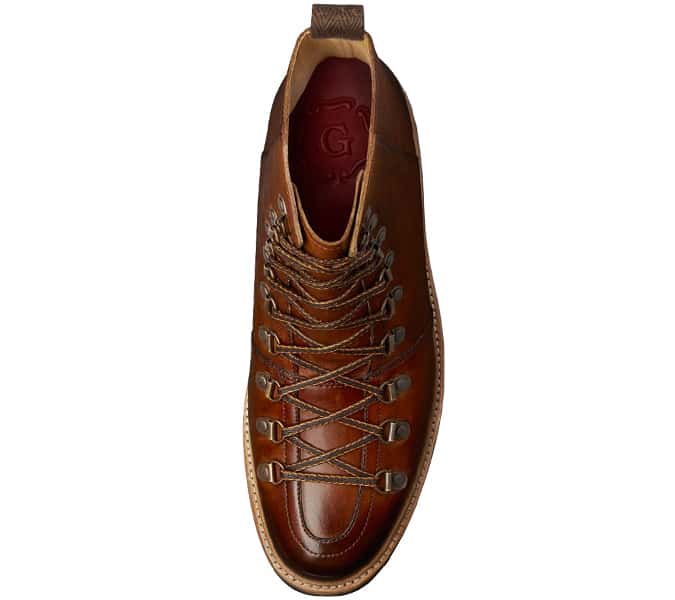
Whether you use them to conquer mountain peaks or wear them around the city, men’s hiking boots will always keep your back like a good old friend in the winter.
Be kind to them, take care of them and maintain them and they will repay you in the same measure.
Flat and round laces are equally good here. It is only important that they are not thin and that they are cotton and preferably waxed.
You can play with colors however you want. Two-tone or some other color in relation to the skin, everything comes into play.
Since such shoes have more holes, make sure that the laces are long enough when buying.
Here is our recommendation for cross-lacing.
It suits them best and is the safest option for winter.
We hope you have learned something new in our text on how to tie shoelaces and shoe laces in 5 ways and that you will try a new way of shoelaces.
It will certainly be helpful when you change or return the shoelaces on old shoes.

Comments are closed, but trackbacks and pingbacks are open.